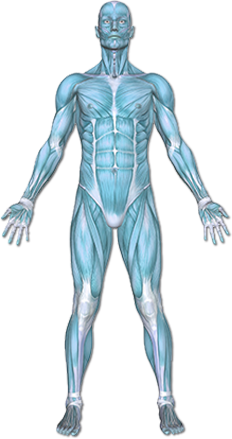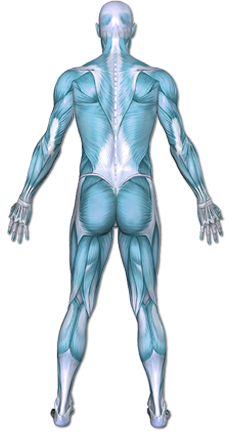Femoral Fracture
A femoral fracture is a break in the thigh bone, which is called the femur. It runs from the hip to the knee. It is the longest and strongest bone in the body, and usually requires a great deal of force to break.


Copyright © Nucleus Medical Media, Inc.
This content was created using EBSCO’s Health Library
A femoral fracture is usually caused by direct trauma to the femur. Trauma may be caused by:
- Car, motorcycle, or pedestrian collisions
- Falls
- Blows
- Severe twists
- Gunshot wounds
Femoral fractures may also be caused by low-impact trauma or spontaneous breaks from weakened bones.
This content was created using EBSCO’s Health Library
Factors that may increase the risk of femoral fracture include:
- Advancing age
- Osteoporosis
- Certain diseases or conditions that result in bone or mineral loss, such as abnormal or absent menstrual cycles, or post- menopause
- Certain diseases and conditions that weaken bones, such as tumors or cysts
- Decreased muscle mass
- Playing certain sports that may result in:
- Spiral fractures—associated with collisions or falls from sports such as football or skiing
- Stress fractures—associated with overuse or repetitive motion from sports such as distance running
- Violence
This content was created using EBSCO’s Health Library
Femoral fracture may cause:
- Immediate and severe pain
- Swelling and bruising around the area of the break
- Inability to walk or stand and/or limited range of motion of the knee or hip
- Deformity of the injured leg, such as shortening or abnormal twisting
Stress fractures occur slowly over time with repetitive motion. You may feel a dull ache rather than severe pain when you apply weight to your leg. Sometimes pain may be felt in your another part of your leg, such as your knee.
This content was created using EBSCO’s Health Library
The doctor will ask about the symptoms, physical activity, and how the injury occured. The injured area will also be examined. Imaging tests may include:
- X-rays
- CT scan
- MRI
This content was created using EBSCO’s Health Library
If diagnosed with a femoral fracture, the physician may refer you to physical therapy. Physical therapy will focus on increasing range of motion, strength and improving stabilization and functional integration.
Range of Motion
Following a period of immobilization to allow the bone to heal, the physical therapist may help you recover range of motion. The therapist will design a stretching and flexibility program that will allow you to bend, straighten and rotate the lower extremity through an increasing range. The therapist may also incorporate the use of specific manual therapy techniques to improve muscle tone, pliability, and joint mechanics as well as use modalities to control pain and associated inflammation.
Strength
As range of motion progresses, the therapist will begin to work on increasing your strength in your lower body and core. Typically, exercises will start with simple muscle contractions and become more advanced as you become stronger.
Stabilization and Functional Integration
Stabilization and functional activity integration represent the final phases of rehabilitation. The therapist will create specific protocols to retrain and focus on return to the activities you enjoyed prior to the injury. Exercises will focus on continued strength and endurance as well as controlled use of the injured area, recreating balance and awareness in the body.
This content was created using EBSCO’s Health Library
To help reduce your chance of femoral fractures, take these steps:
- Do not put yourself at risk for trauma to the bone.
- Always wear a seatbelt when driving or riding in a car.
- Do weight-bearing and strengthening exercises regularly to build strong bones.
- Wear proper padding and safety equipment when participating in sports or activities.
To help reduce falling hazards at work and home, take these steps:
- Clean spills and slippery areas right away.
- Remove tripping hazards such as loose cords, rugs, and clutter.
- Use non-slip mats in the bathtub and shower.
- Install grab bars next to the toilet and in the shower or tub.
- Install handrails on both sides of stairways.
- Walk only in well-lit rooms, stairs, and halls.
- Keep flashlights on hand in case of a power outage
This content was created using EBSCO’s Health Library
This content was created using EBSCO’s Health Library


